330 AD How Constantine’s Constantinople Shaped History
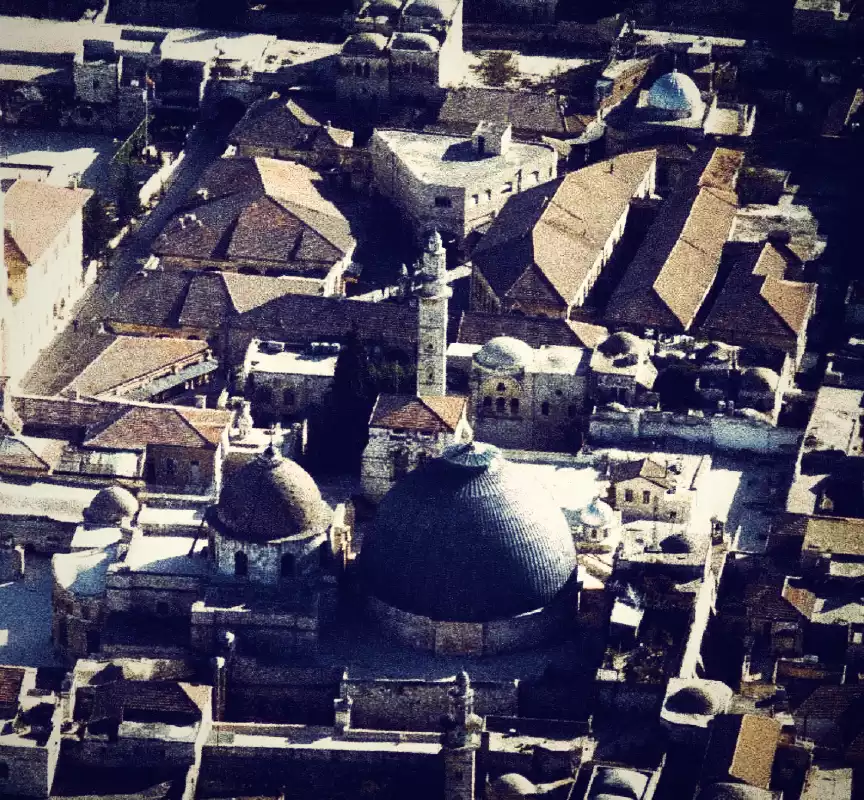
In 324 CE, the Roman emperor Constantine defeated his rival Licinius to become sole ruler of the Roman empire. Shortly after, he made a decision that would change the course of history – founding a new imperial capital on the site of the ancient city of Byzantium. Christened Constantinople in 330 CE, this “New Rome” […]
Alexios III Angelos Komnenos, Emperor: A Byzantine Enigma
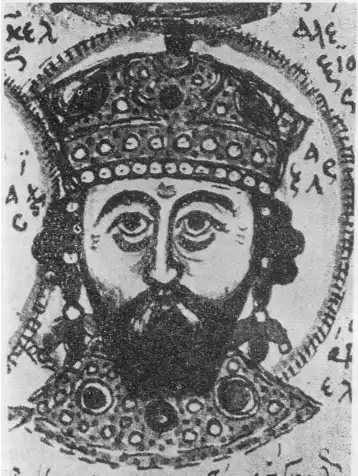
At the heart of the Byzantine Empire’s intricate tapestry of power and piety stood Alexios III Angelos (1153–1211), a figure whose life intertwines with the ecclesiastical and secular realms in ways that continue to fascinate and perplex historians and enthusiasts alike. His tenure as emperor, marked by a unique engagement with the church’s affairs, represents […]
Marcian, Emperor: The Council of Chalcedon’s Architect
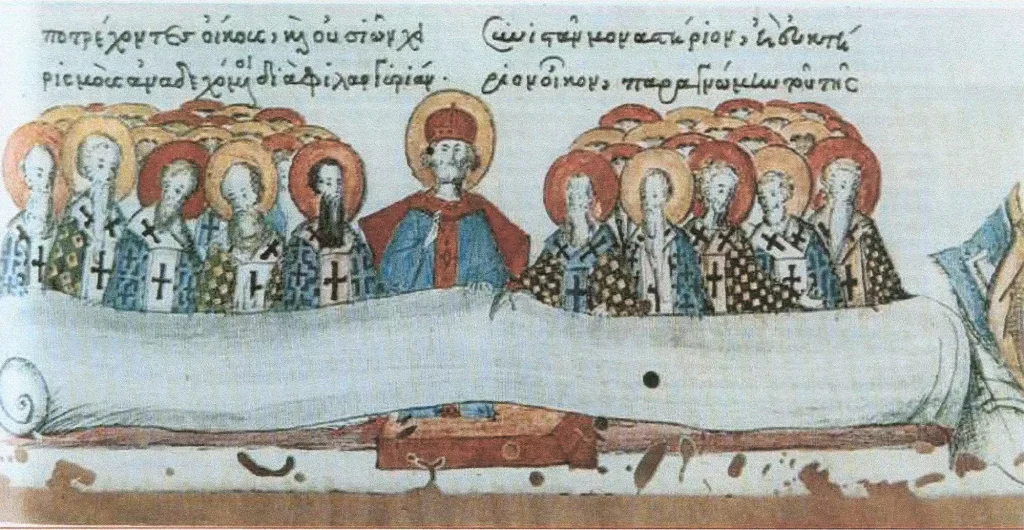
Emperor Marcian, a figure etched in the annals of history for his pivotal role in the Council of Chalcedon, ruled as the Byzantine Emperor from 450 to 457 AD. His tenure as emperor was marked by a period of profound theological and political change, shaping the very core of Christian orthodoxy. Born in a time of great turmoil and uncertainty, Marcian emerged as a beacon of stability and conviction. His reign, though brief, was a testament to his unwavering commitment to uphold the principles he believed in. Marcian’s influence extended far beyond the boundaries of his empire, leaving an indelible mark on the course of Christian history. His legacy is forever intertwined with the Council of Chalcedon, a landmark event that defined the Christological dogma and set the stage for future theological discourse.
Bessarion, Cardinal | Renaissance Figure and Scholar
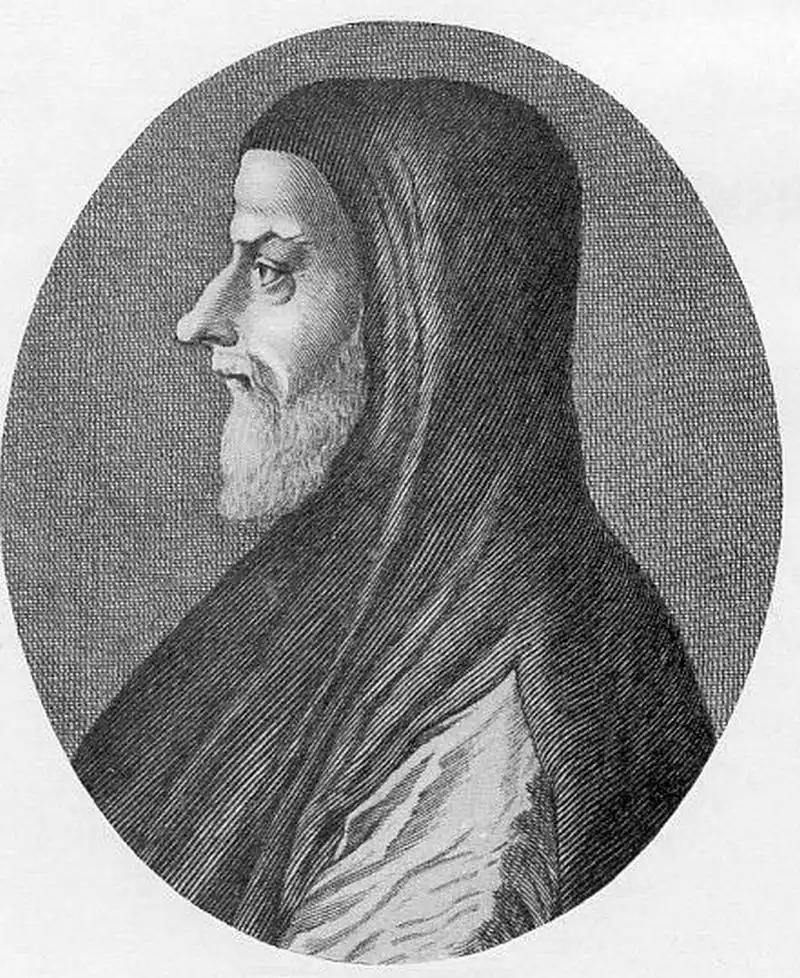
Born in 1403 and passing away in 1472, Cardinal Bessarion stands as a towering figure in the history of the Renaissance. Not merely a religious leader, Bessarion was a pivotal scholar and a bridge between the Eastern and Western Christian traditions. His life and work played a significant role in the cultural and intellectual revitalization […]
Kokkinos, Saint Philotheos | Ecumenical Patriarch
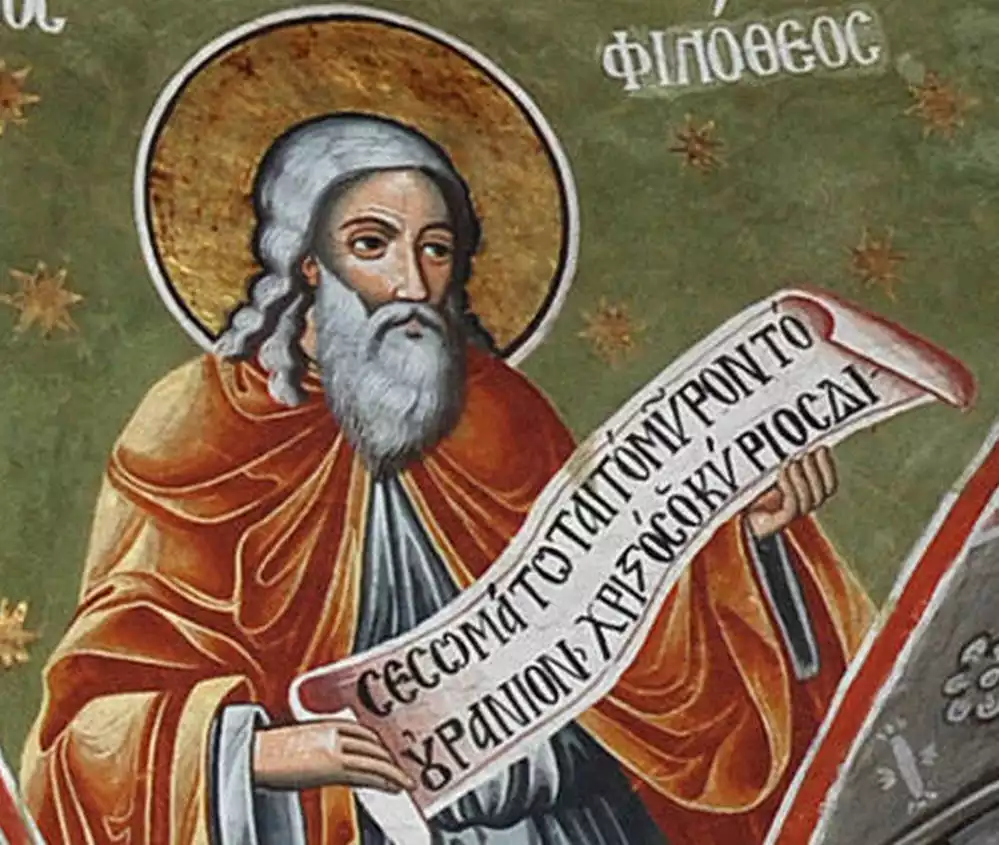
Saint Philotheos, born around 1300 in Thessaloniki and passing away in 1379, stands out as a pivotal figure in Orthodox Christian history. Renowned for his scholarly and clerical accomplishments, he was deeply involved in the Hesychastic controversies, a movement centered around the practice of inner stillness and prayer. Early Life and Ascetic Endeavors Saint Philotheos’ […]
Gregoras, Nikephoros | Byzantine Historian
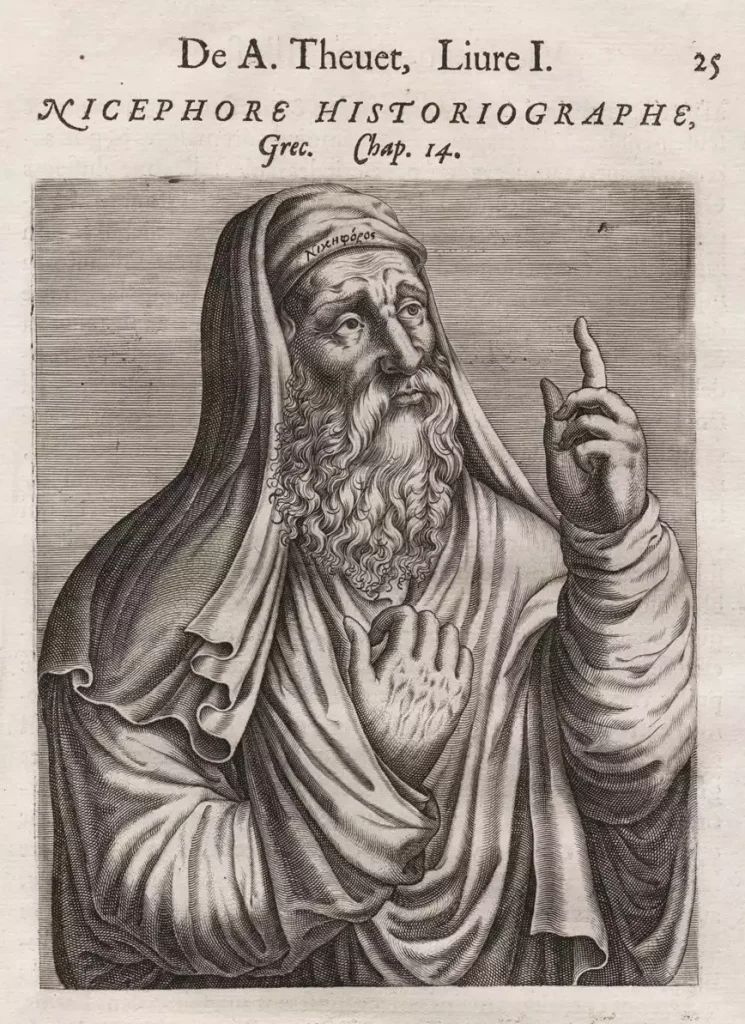
Nikephoros Gregoras, a Byzantine historian and theologian, was born circa 1295 and passed away in 1360. His life and work were deeply intertwined with the religious and intellectual currents of his time, notably his staunch criticism of Palamism, which marked him as a significant but controversial figure in the history of the Eastern Orthodox Church. […]
893 AD Council of Constantinople resolves Photian Schism
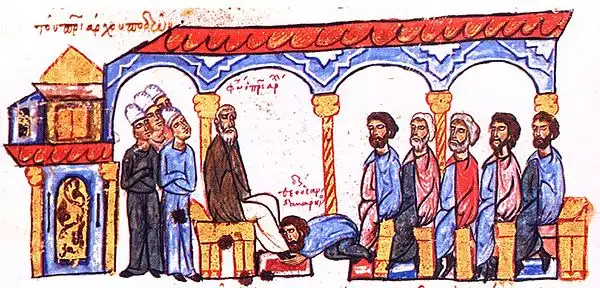
The year 893 AD marked a pivotal moment in Christian history, witnessing the resolution of the Photian Schism, a decades-long rift between the Eastern and Western branches of the Church. This schism, centered around the controversial figure of Photios, threatened to fracture Christian unity and had simmered for over a decade. However, the Council of […]
284 AD Diocletian divides Roman Empire into Eastern and Western halves | Division of the Roman Empire
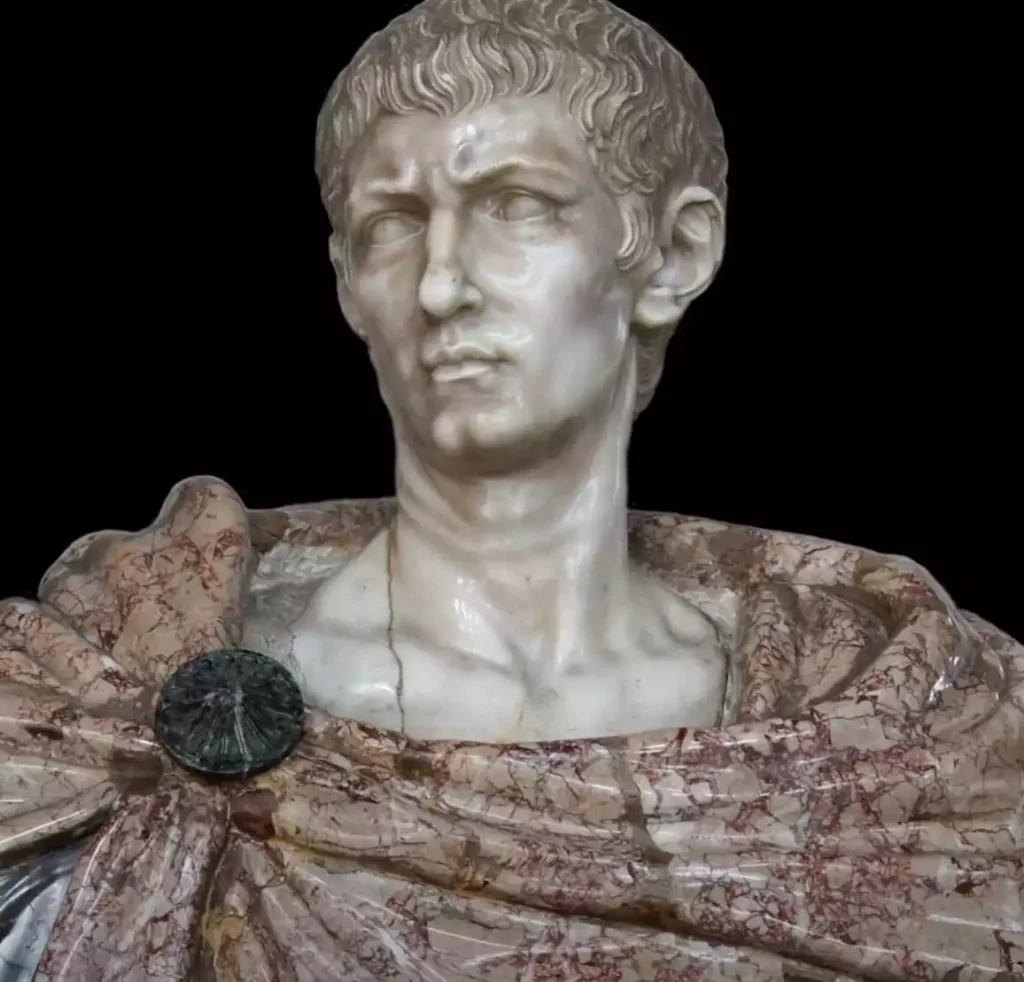
In 284 AD, the Roman Empire witnessed a pivotal transformation under Emperor Diocletian, marking a significant juncture in its history. This period, characterized by the division of the Empire into Eastern and Western halves, heralded a new administrative structure that profoundly influenced the course of Roman governance and legacy. This article delves into the intricacies […]
1204 AD Fourth Crusade sacks Constantinople
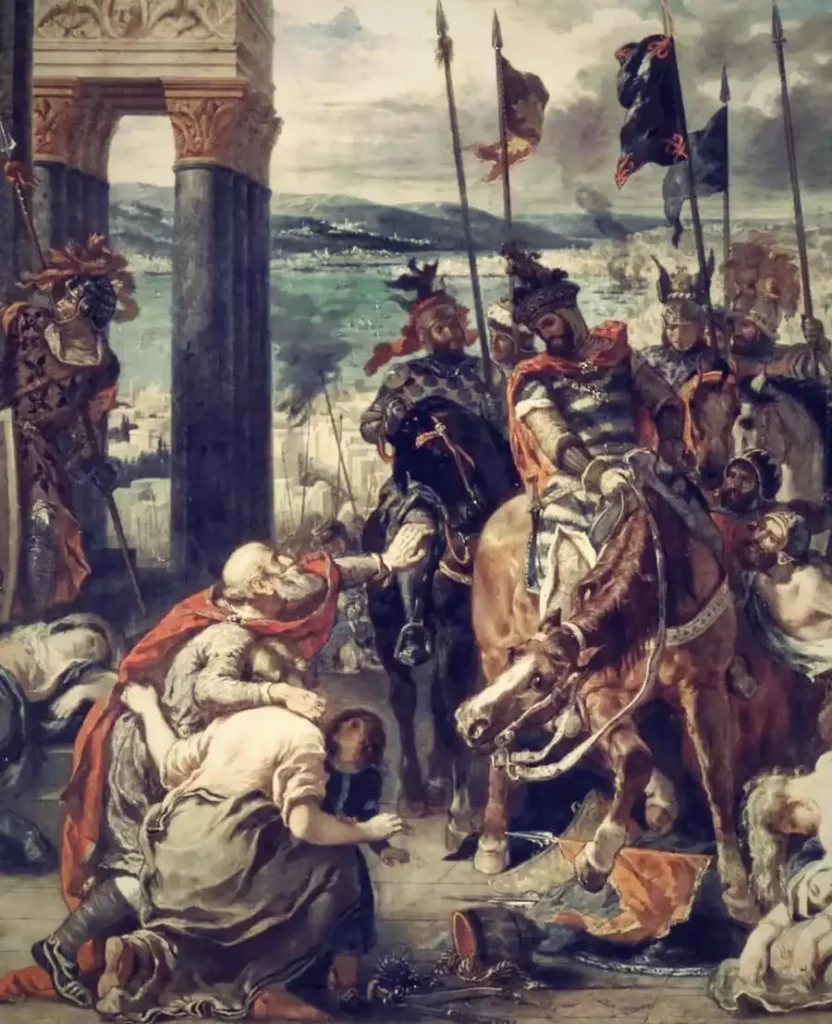
The Fourth Crusade‘s sack of Constantinople in 1204 marked a pivotal moment in medieval history, profoundly impacting the East-West Schism. This catastrophic event not only wrought immense physical destruction but also deepened the religious and cultural divide between the Eastern Orthodox and Western Roman Catholic Churches. Origins and Objectives The Fourth Crusade began as a […]
John I, Pope | A Historic Transition
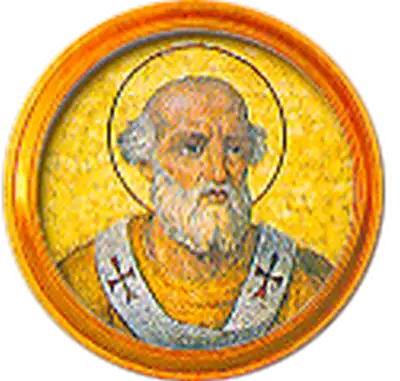
John I, whose pontificate began in 526 AD, marks a significant era in the history of the Catholic Church as the first new Bishop of Rome in over half a century, following the death of Pope Symmachus. Born in Tuscany, Italy (birth date unknown) and departing this life on 18 May 526, John I’s ascension […]
Hagia Sophia | A Historical Overview
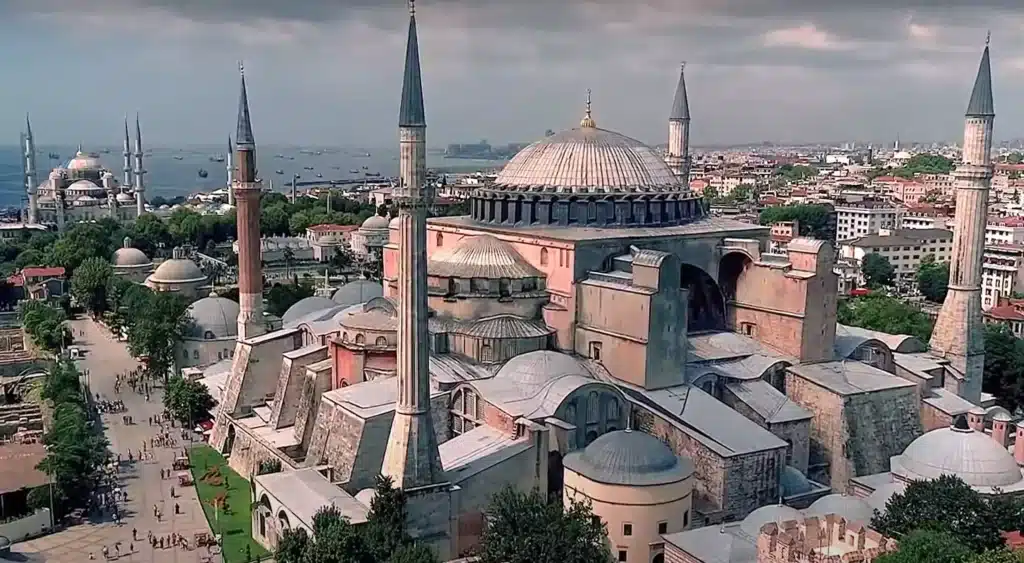
Hagia Sophia, an architectural marvel, has stood as a testament to human ingenuity and religious significance since its inception in 537 AD, under the aegis of the Byzantine Emperor Justinian I. Its life, spanning over a millennium, has seen it serve as a cathedral, a mosque, and a museum, reflecting the dynamic tapestry of human […]
On Life in Christ. First Discourse (A’) – Kabasilas Nikolaos
Of the most wise and learned and in all respects most holy Lord Saint Nikolaos Kabasilas, also called Chamaetos On Life in Christ, (A’) First Discourse: that it consists through the divine mysteries, of baptism, chrism and divine communion. Life in Christ is conceived in this life and takes its beginnings here; but it is […]
Theodosius II, Saint Emperor
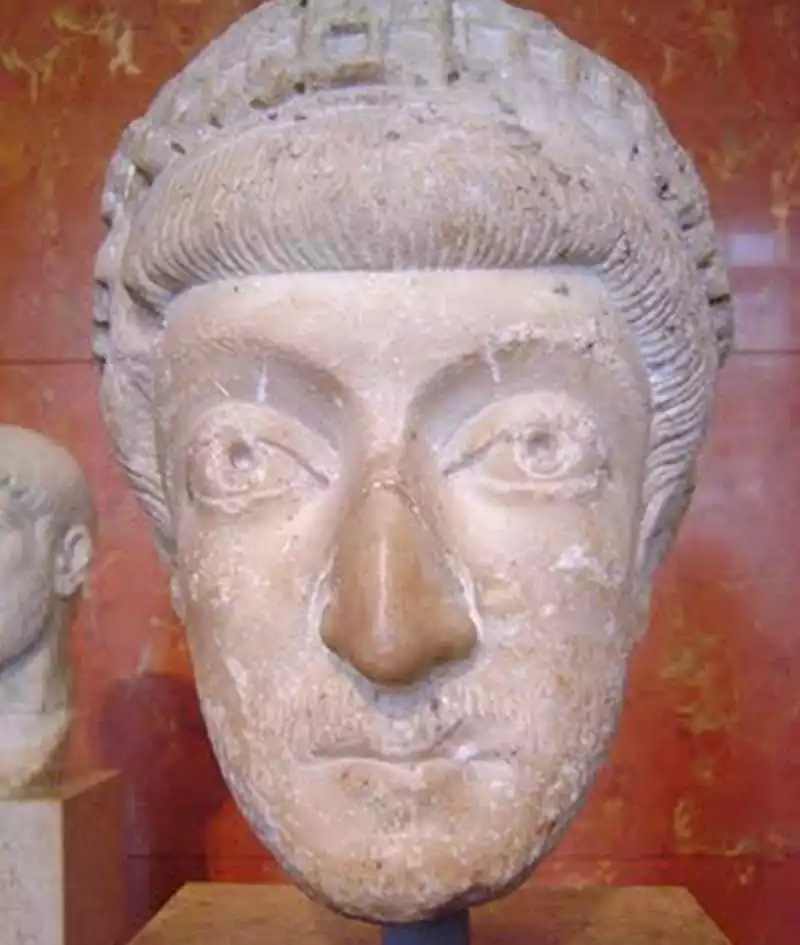
Saint Emperor Theodosius II, born on April 10, 401, and passing on July 28, 450, stands as a pivotal figure in the history of the Byzantine Empire. Renowned for his significant legal and educational reforms, Theodosius II’s reign marked a period of substantial development in the Byzantine legal system, as well as in the realm […]
Theodora, Empress | Byzantine Era’s Influential Ruler
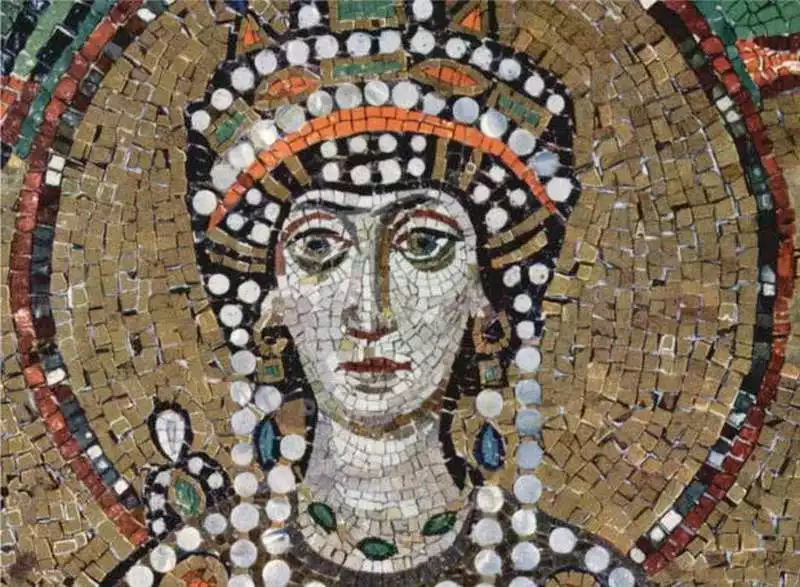
Empress Theodora, born around 500 AD and passing away on June 28, 548 AD, remains a prominent figure in Byzantine history. Her journey from humble beginnings to becoming one of the most powerful and influential empresses in the Byzantine Empire is a testament to her resilience, intelligence, and political acumen. Her life and reign alongside […]
Anastasius I, Emperor
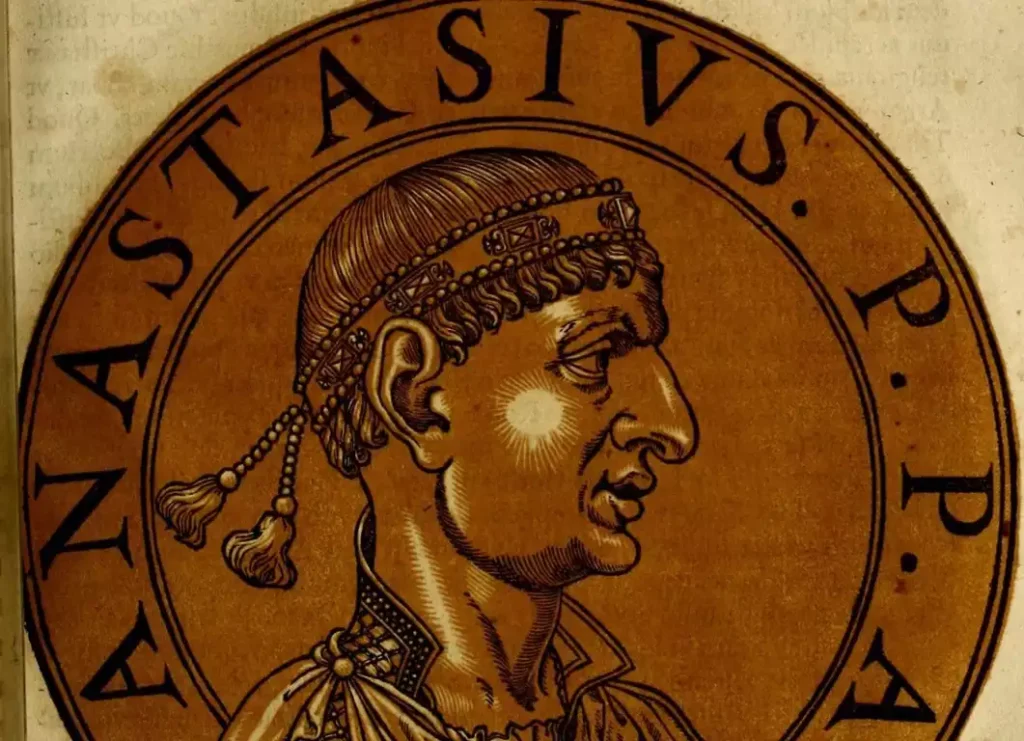
Emperor Anastasius I, born in 430 AD and passing in 518 AD, was a pivotal figure in the history of the Byzantine Empire. Renowned for his significant fiscal and monetary reforms, Anastasius I’s reign marked a substantial economic and administrative transformation. His policies not only stabilized the empire’s finances but also laid the groundwork for […]
Leo V the Armenian, Emperor
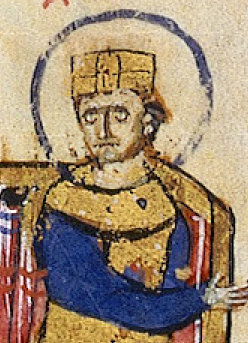
Emperor Leo V the Armenian, born in 775 and departing this life on December 25, 820, stands as a significant yet controversial figure in the annals of Byzantine history. Known predominantly for his revival of Iconoclasm, Leo’s reign marked a turbulent period in the religious and political landscape of the Byzantine Empire. His ascent to […]
